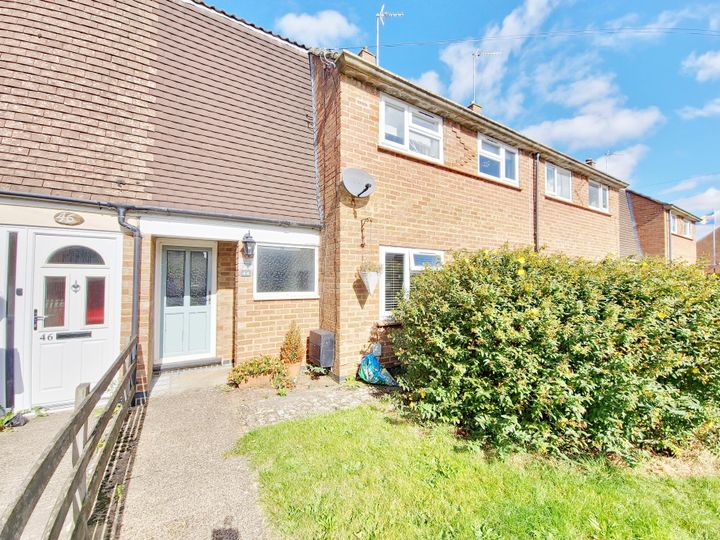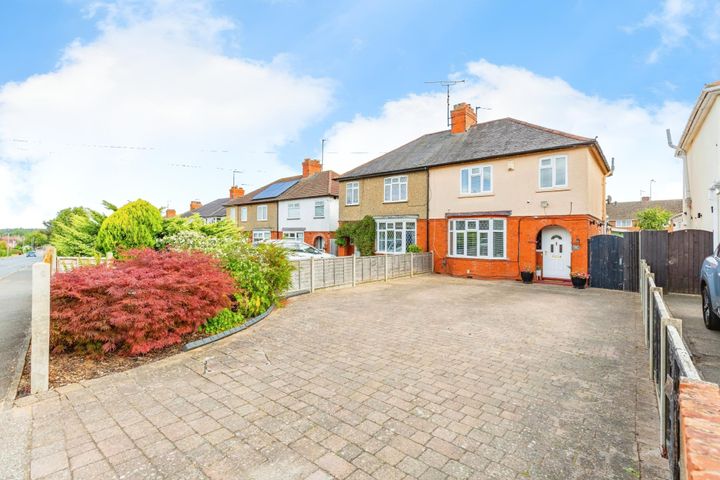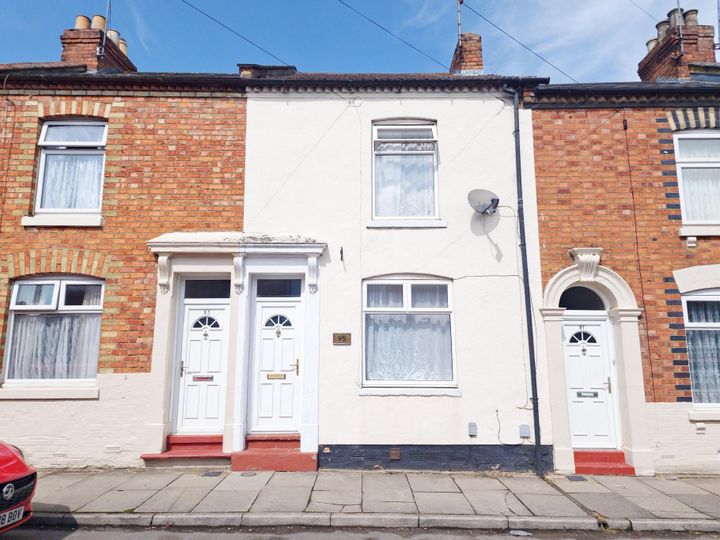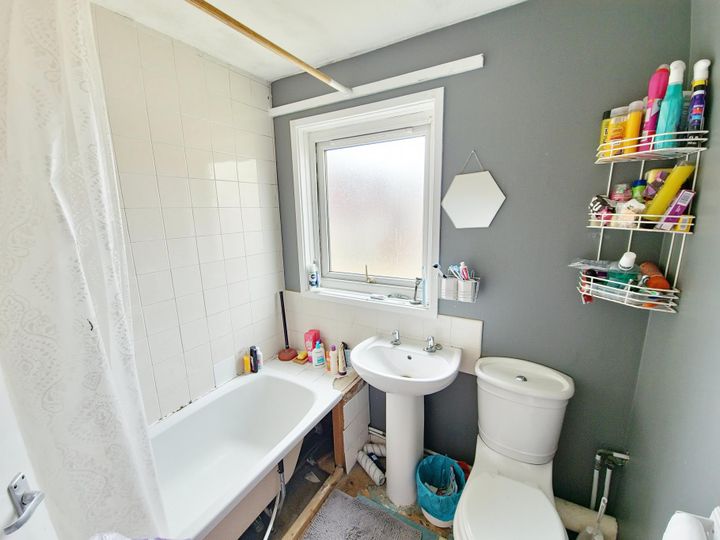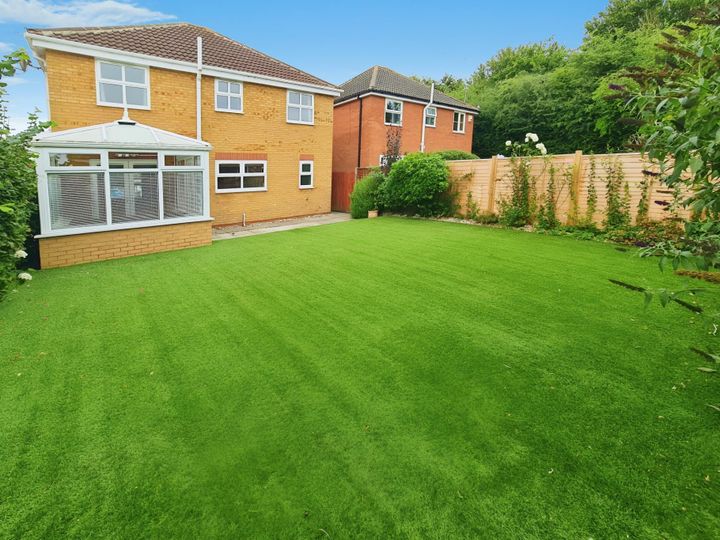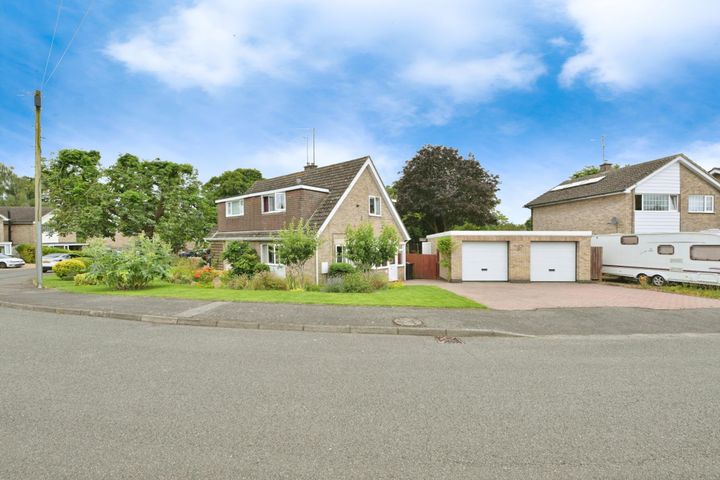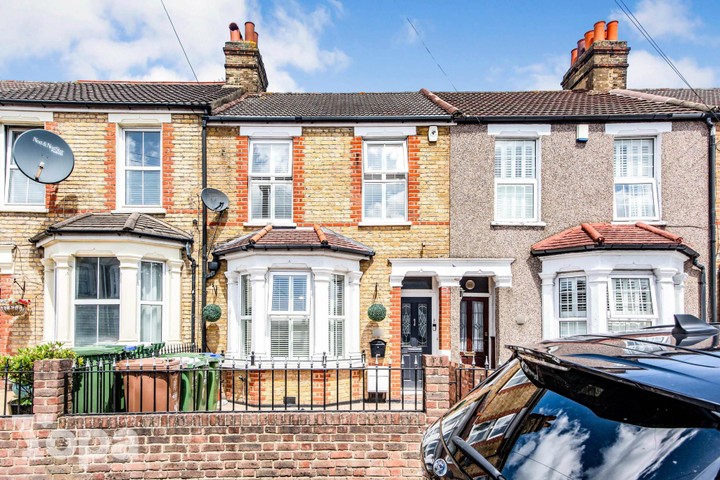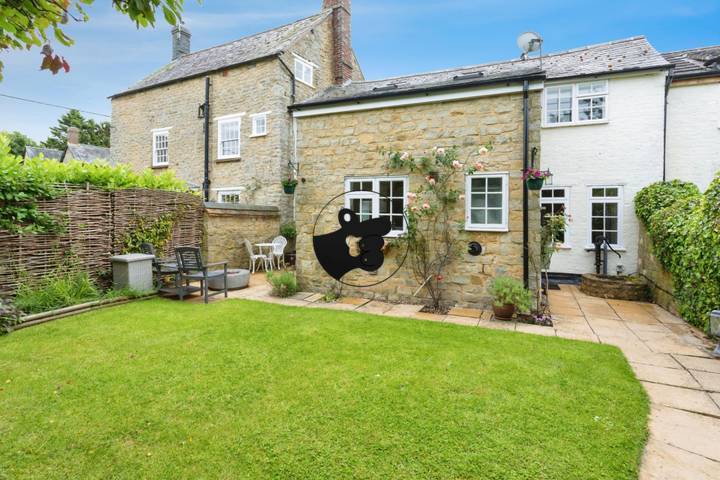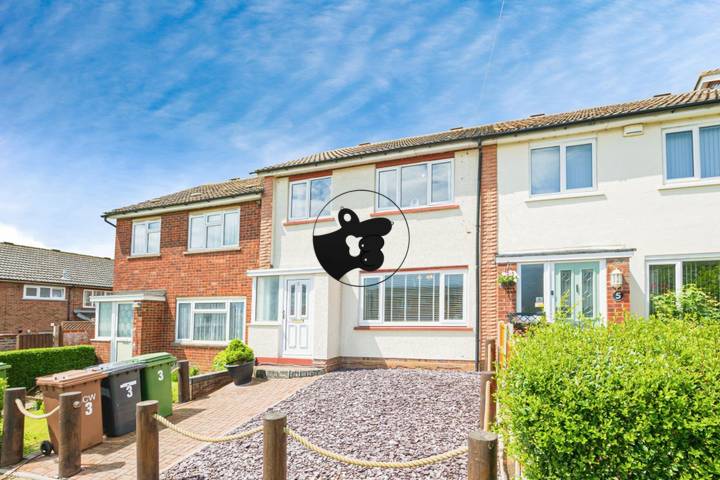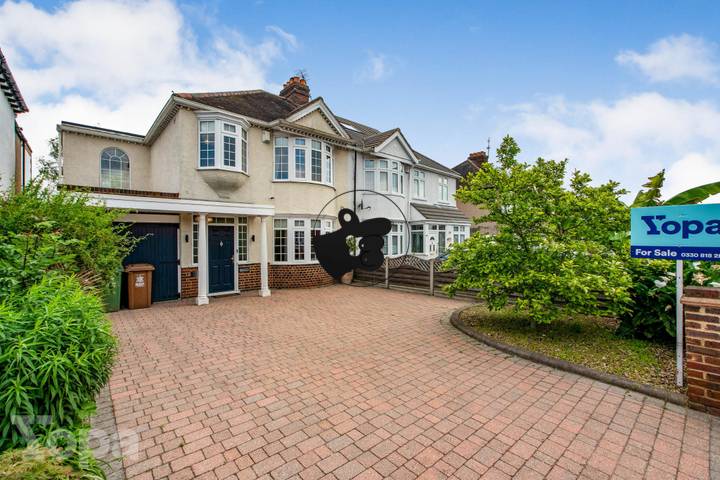As of October 2023, the average house prices in Northamptonshire vary widely depending on the area. In Northampton, the county's largest town, average house prices are approximately £250,000, with prices for terraced homes starting around £200,000, while detached properties can reach over £400,000. Kettering presents a slightly lower average, around £220,000, with semi-detached homes typically priced at about £220,000. In more rural areas like Daventry, the average is about £275,000, with larger family homes potentially exceeding £400,000. Overall, house prices in North Northamptonshire show a general upward trend, influenced by factors such as transport links and local amenities.
Northamptonshire
Location
Price Range
Any price
Price Range
Minimum
No min
Maximum
No max
Property type
Show all
Property type
Show all
House
Apartment
Building
Other
Bedrooms
Any beds
Bedrooms
Minimum
No min
Maximum
No max
Surface Range
Any surface
Surface Range
Minimum
No min
Maximum
No max
Sale type
For sale
Sale type
Show all
To rent
For sale
Location
Apartments and houses for sale in Northamptonshire
34 results
Recent
Northamptonshire insights
| Aspect | Summary |
|---|---|
| Population | 386,000 |
| Average Property Price | £290,000 |
| Rental Yield | 4.2% |
| Average Rent | £1,200 |
| Occupancy Rate | 95% |
| Capital Growth Rate | 3.5% |
| Property Tax | 1.2% of property value |
| Transaction Costs | 3-5% of property value |
| Expected ROI | 6.5% |
| Economic Growth Impact | Positive, driven by local industry and infrastructure improvements |
Northamptonshire FAQ
What are the average house prices in Northamptonshire?
How have real estate prices changed over the last year in Northamptonshire?
Over the past year, real estate prices in Northamptonshire have exhibited a notable upward trend. According to recent data, the average house price in the region has increased by approximately 8%, with figures reflecting a surge from around £280,000 to about £302,000. Areas such as Northampton and Wellingborough have seen particularly steep rises, with some properties in desirable neighborhoods attracting bids significantly above the asking price. For example, a three-bedroom semi-detached house in Northampton that was listed for £250,000 sold for £275,000 after multiple offers. In contrast, rural areas like Kettering have also experienced growth, albeit at a slightly slower pace, with average prices rising around 5%. This trend is attributed to increased demand driven by remote working preferences and a desire for more spacious living environments as buyers seek properties with gardens and home office spaces.
What factors influence property prices in Northamptonshire?
Property prices in Northamptonshire are influenced by a variety of factors, including location, local amenities, and transportation links. Areas close to major towns like Northampton and Kettering tend to have higher property values due to their proximity to shops, schools, and healthcare facilities. For instance, villages such as Oundle and Thrapston, while picturesque, may see varied pricing influenced by their connectivity to larger urban centers. Moreover, the quality of local schools significantly impacts property demand; neighborhoods with highly-rated educational institutions often attract families willing to pay a premium. Additionally, transportation infrastructure plays a crucial role; regions near railway stations, like those on the West Coast Main Line, often experience increased property prices driven by commuters seeking easy access to London. The overall economic health of the area, employment opportunities, and developments in local infrastructure can also contribute to fluctuations in property values.
Is Northamptonshire an affordable area to buy a home?
Northamptonshire is generally considered an affordable area for homebuyers compared to many parts of the UK, especially the South East. As of recent data, the average house price in Northamptonshire hovers around £250,000, significantly lower than the UK average, which exceeds £280,000. Towns such as Kettering and Wellingborough offer properties that are often priced below this average, with two-bedroom homes available for around £180,000 to £220,000. Furthermore, areas like Corby and Desborough feature even lower prices, making them attractive to first-time buyers or those looking for value. The relatively low cost of living in the region, combined with good transport links to larger cities like London and Birmingham, adds to its appeal for potential homeowners.
What types of properties are most expensive in Northamptonshire?
In Northamptonshire, the most expensive properties tend to be large detached houses, particularly those in affluent areas like Northampton itself, as well as villages such as Olney and Towcester. These properties often feature five bedrooms or more, with additional amenities such as expansive gardens, home offices, or luxury finishes. Historical homes, like those found in parts of Wellingborough or the Market Harborough area, also command high prices, often due to their architectural significance and larger plots of land. Agricultural estates and country manors in rural areas like the Nene Valley can reach even higher price points, appealing to buyers seeking more space and privacy while still being within commuting distance of cities like London. Additionally, gated communities and contemporary developments with modern specifications and eco-friendly features are becoming increasingly sought after, reflecting a trend towards luxury living combined with sustainability.
How do school districts affect real estate prices in Northamptonshire?
School districts significantly impact real estate prices in Northamptonshire due to their direct influence on family decisions regarding where to live. Areas served by high-performing schools often see property values rise, as parents prioritize education quality. For example, neighborhoods within catchment areas of popular primary schools like Pitsford School or the Northampton School for Boys typically command higher prices. Conversely, homes situated near underperforming schools can experience stagnation or declines in value. Data from local estate agents indicate that properties near top-rated secondary schools can sell for up to 15% more than similar homes in districts with lower school ratings. This phenomenon is a common trend across various towns in Northamptonshire, where families actively seek homes linked to reputable educational institutions, affecting market dynamics and real estate development strategies.
Are there any upcoming developments that might impact property values in Northamptonshire?
Upcoming developments in Northamptonshire are set to have a significant impact on property values in the region. One notable project is the ongoing expansion of the University of Northampton, which aims to enhance educational facilities and attract more students, potentially increasing demand for residential properties nearby. Additionally, the Northampton Waterside Enterprise Zone is set to bring new business opportunities and employment growth, which could drive up property prices in surrounding areas as more professionals move in. Infrastructure improvements, such as the upgrades to the A45 and A43, are also expected to enhance connectivity, making rural areas more appealing to commuters. Furthermore, the development of new housing estates, like the one proposed in Daventry, is likely to increase the housing supply, which can lead to market fluctuations in property values depending on demand. These factors combined will influence the real estate landscape significantly in the coming years.




